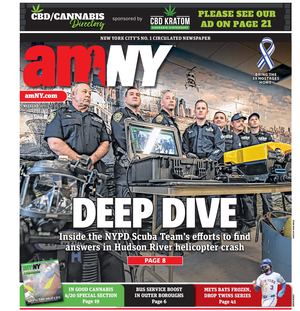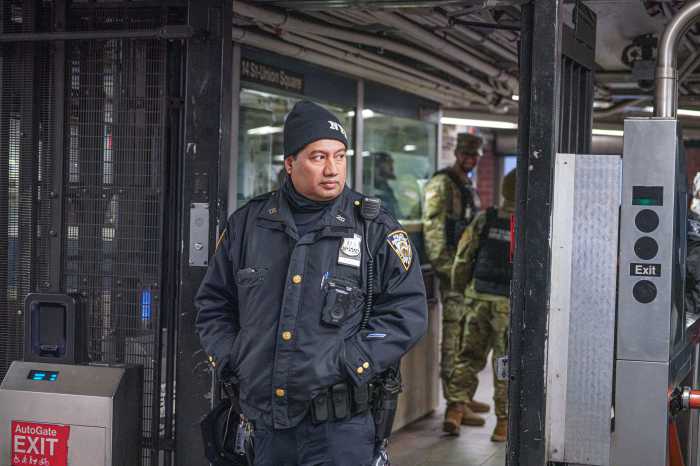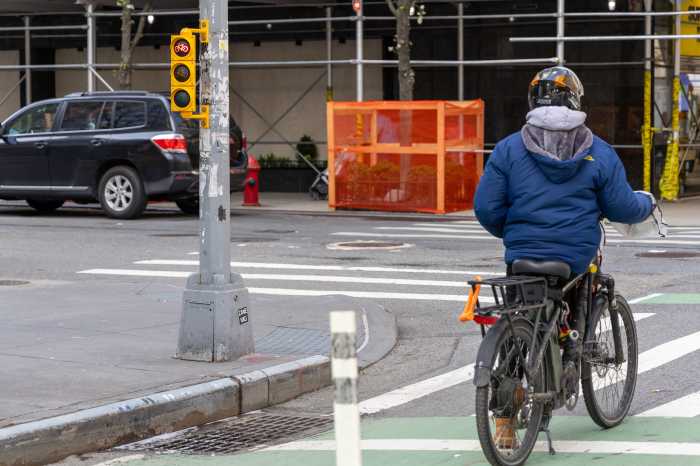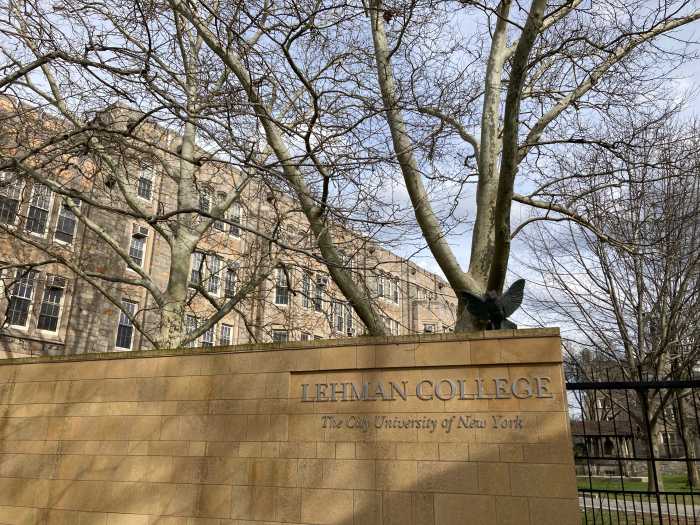
Budget watchdogs are calling out Mayor Bill de Blasio’s ferry network for its sky-high subsidies.
The NYC Ferry system serves the fewest riders among all mass transit options in the city while being kept afloat with the second-highest subsidies among those choices, the Citizens Budget Committee detailed in a new fiscal brief, “Swimming in Subsidies.”
The ferry system, launched and lauded by de Blasio in 2017, operates with a per passenger subsidy of $10.73 — coming in just under the MTA’s express bus service, which has an $11.79 subsidy per rider. It carried 4.1 million riders in 2018, or a little more than two days’ worth of trips on the city’s local bus network.
“Part of the reason is just the operating costs are very high. It’s the nature of the routes they run relative to the ridership, and then also the decisions to charter boats for the additional demand in the summer when ridership peaks,” said CBC Researcher Sean Campion, the author of the report. “But it’s also the decision to keep fares low by pegging them to the subway and bus fare. That’s in contrast [with] a lot of ferry systems, both private and the old East River Ferry.”
Campion said a review of the service and its finances is needed, especially as the city plans another costly expansion this summer to Staten Island and Coney Island. The Coney Island route could reach a whopping $24.75-per-rider subsidy, according to the CBC.
The city is committing $638.5 million in capital to the service through 2022. Campion recommends for the city to switch to a dynamic pricing model: higher base fares along with even higher rates in the summer, when riders pack onto boats for beach jaunts to Rockaway, or on weekends.
“That could be a way of both recouping more in revenue to offset some of the subsidies for regular commuters,” Campion said, “but also a way of dealing with that increase in demand in the summer, which would then probably reduce the need to buy additional boats or charter vehicles to meet the demand.”
The CBC also criticized a lack of funding transparency for the system, which a private contractor, Hornblower, operates under oversight from the city’s Economic Development Corporation. Because the city funds the system through EDC, there is not as much granular information on costs as there are for other public transit options, like the Staten Island Ferry, which is funded through the city budget.
“EDC is disclosing everything they have to disclose legally,” Campion added, “but because EDC’s budget for the ferry system isn’t public, you’re going to get very limited information about the revenues coming in and what they’re spending it on.”
A spokeswoman at the EDC said in a statement that pegging the base ferry fare at $2.75 — the same cost as a MetroCard swipe — is an "important policy choice to keep the service … affordable to every kind of New Yorker." Ferry riders, however, do not get free transfers to buses and subways.
"Any new dependable transit service comes with startup costs, but these will decrease over time as ridership grows," the spokeswoman continued. "We’ve taken the resoundingly positive feedback from over 8 million riders from the Rockaways to Soundview as an encouragement to bring NYC Ferry to even more New Yorkers in the years ahead.”


































